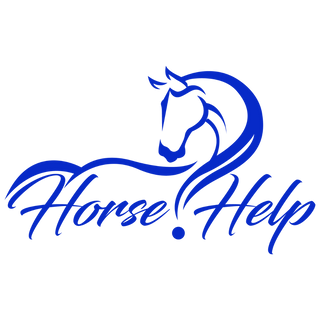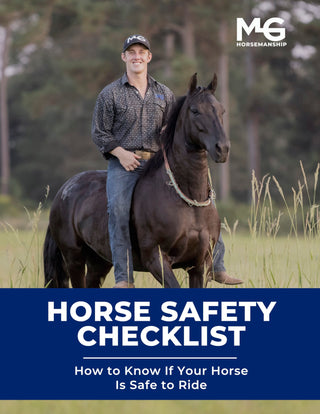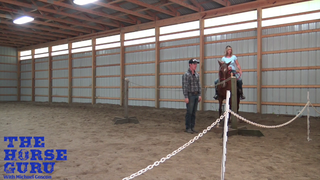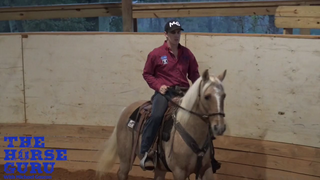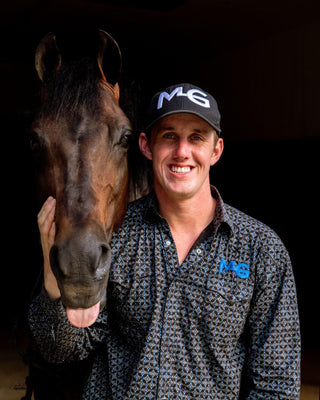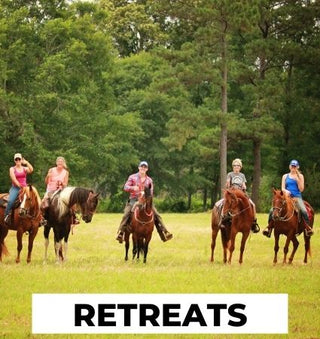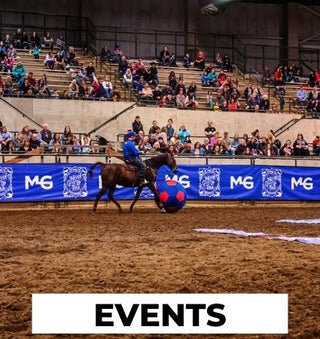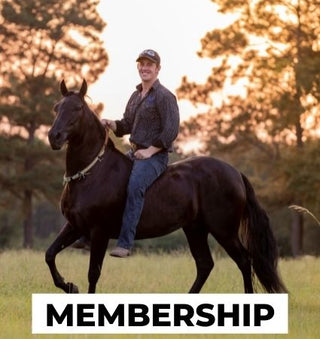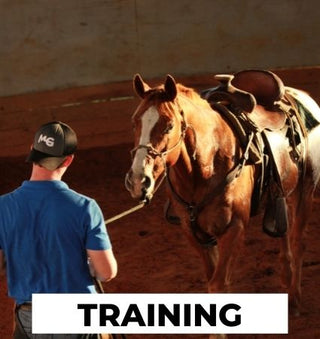Watch the Video Here or continue reading below!
Welcome back, TPMG fam! In this training session with Chance, Michael Gascon—the Horse Guru—dives into a key exercise that can transform a spooky, athletic horse into a calm, responsive partner: the power of a circle.
If your horse spooks easily, crow-hops, or dodges side to side when you ride, this post is for you. Whether you're training in an arena or a backyard field, this simple but powerful technique can help you establish better control, direction, and connection.
Why Circles Work: From Chaos to Control
Circles help you harness your horse’s energy, redirect their focus, and refine their responses. A finished, broke horse responds to subtle cues—outside rein, outside leg, and just a look from the rider. But a green or problem horse often needs clearer, more deliberate communication.
When riding the circle:
-
Use your eyes to direct the horse—where you look is where you’ll go.
-
Guide with your outside rein and leg for direction.
-
Use your inside rein to correct misbehavior or disengage the hindquarters if your horse gets pushy or off-track.
This exercise builds muscle memory for both you and your horse—laying the foundation for confident, guided riding at any speed.
Step-by-Step: How to Ride the Circle with Chance
1. Set Up Visual Aids
You don’t need a fancy arena—just set out three cones, stumps, tires, or any visible markers in an open area. Even three random objects in your yard will do.
“You can use three buckets, three stumps, three tires—three children or dogs—it doesn’t matter.”
2. Use Your Eyes to Lead
Always look where you want to go. When you want to turn, shift your gaze to the cone or object ahead of you. Horses read your body language—starting with your eyes and head.
“The average human head weighs eight pounds. Where you look affects your whole spine and balance—your horse can feel that.”
3. Engage the Outside for Guidance
Guide your horse using your outside leg and rein. This is how a well-trained horse understands where you want to go.
4. Correct with the Inside Rein
If your horse tries to rush, cut corners, or spook:
-
Pull the inside rein toward your hip to disengage the hindquarters.
-
If your horse collapses inward on the circle, lift the inside rein over the shoulder to move the shoulders out and rebalance.
“I bring his face towards his shoulder—not to stop him, but to pick him up and redirect.”
Gaining Control Without Pulling Back
One of the biggest mistakes riders make is pulling back on the reins when a horse speeds up. That creates tension and resistance—and may even trigger a buck, bolt, or fight.
Instead:
-
Let your horse go forward.
-
Redirect with a well-timed turn using your eyes, body, and rein.
-
Stay loose on the face to keep communication open and soft.
“If he’s going too fast for you, just turn. Don’t shut him down—redirect him.”
Why This Works: A Spooky Horse Starts Listening
In this training session with Chance, Mike demonstrates how the horse starts off looking for things to spook at—but ends the session paying close attention to every cue.
“He never knows when I’m going to turn him, go straight, or shut him down. He’s not spooky anymore—he’s listening.”
By using this circle technique, your horse learns:
-
Focus on you, not distractions.
-
Balance both sides of their body and brain.
-
Guide off your reins and legs with less resistance.
-
Relax into speed without fear or fighting the bit.
Final Thoughts: Try This at Home
This exercise is incredibly effective, yet amazingly simple. All you need is a bit of open space and three visible markers.
✔ No need for fences.
✔ No expensive gear required.
✔ Perfect for training at home.
“It’s so clear and compelling to your horse—it can take a horse from head-in-the-clouds to tuned-in and dialed-in.”
